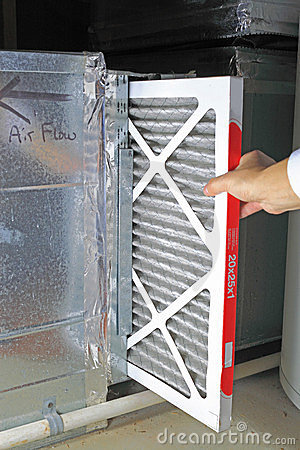Having cleaner air and a cleaner environment is becoming more and more important. With the human population growing, we’re creating more waste and pollution through the generation of harmful chemicals, the creation of non-biodegradable products and using machines that fill the air with toxic contaminants. In an effort to save our environment for our children and grandchildren, we’re now producing new technologies that will help reduce waste, eliminate air pollution and save natural resources.
Pollution Prevention Technology
With the advancement of technology, we’re actively seeking products and operations that reduce the pollution we create. These products and operations are called pollution prevention (P2) technologies. P2 technologies are designed to replace other technologies that create more waste in their life cycles than the P2 technology. There’s a broad spectrum of available P2 technologies in the world. Most fit into the following technology groups:
Relatively Cleaner Technologies
Relatively cleaner technologies are P2 products that replace other products that produce more waste or were created using toxic chemicals. To determine if a new product is actually cleaner than the older technology it’s designed to replace, life cycle analysis is performed on the technologies to study how much waste is produced between the product and its cleaner alternative.
An example of a relatively cleaner product is the incandescent light bulb. Although these light bulbs generally use more energy than fluorescent bulbs, they are not created with toxic chemicals that can pollute the earth and the water.
Mass-Market Technologies
Mass-market technologies are technologies that help the environment while being easily used by both businesses and consumers. These technologies are ideal because they can create or be used in a range of other products and can be serviced with relatively little cost. Mass-market technologies also are proven, through extended research, to continue to help the environment by reducing the amount of waste produced.
Rechargeable batteries and reusable products are two technologies that fall into the mass-market category. They can be produced at low costs, can be used continuously without being disposed into landfills and can be used by everyone whether in a business environment or in a consumer’s household.
Facilitative Technologies
Facilitative technologies are technologies that help other products or operations be more energy efficient and reduce pollution. Facilitative technologies can be as complex as gauges and centrifuges in factories that reduce waste by evaluating and controlling the amount of waste used or allowed to enter the environment. They can also be as simple as air or furnace filters that reduce the amount of pollutants that enter the air as it provides a cleaner breathing environment.
Preventive Pollution Technologies
Preventive pollution technologies actively seek to eliminate pollution. Such technologies seek environmentally-friendly chemicals to replace toxic chemicals, reduce the amount of waste produced by using recycling methods or don’t produce contaminants that pollute the air.
Electric and hybrid cars are examples of preventive pollution technologies. These are designed to produce less air emissions of carbon monoxide, increase fuel efficiency and reduce the amount of generated fuel waste by using alternative energy services to operate.
Ways People Can Reduce Pollutants in the Home and Office
While society is developing new technologies to combat the pollutants that are having a negative impact on our world, every person can do his or her part in helping the environment and having a better living and work place. Ways a person can improve the environment include:
- Conserve natural resources: Don’t leave water running when not in use. Also, turn off the lights when nobody is in the room to use less energy. Business owners can conserve on energy by placing lights on timers for rooms that are not used regularly.
- Environmentally friendly products: Use products that don’t contain volatile organic compounds (VOCs) that release air pollutants, such as printer inks, paints and air fresheners. Switch to products th
 at are low-VOC, are water-based or rely on other alternatives that don’t create as much pollution.
at are low-VOC, are water-based or rely on other alternatives that don’t create as much pollution. - Reuse products: If drinking bottled water, don’t throw the bottle into the trash. Reuse it by filling it with tap water or other beverages. Purchase recycled paper products and reuse other containers or products at the office or in the home. This helps reduce the amount of waste that will end up in the landfills.
It only takes a little extra work on everyone’s part to help the environment. Using new technologies that prevent pollution and taking simple steps to eliminate excess waste, people can conserve on natural resources and eliminate waste products that are hurting the world. By actively taking a part in preventing pollution, everyone can live healthier and happier lives.



